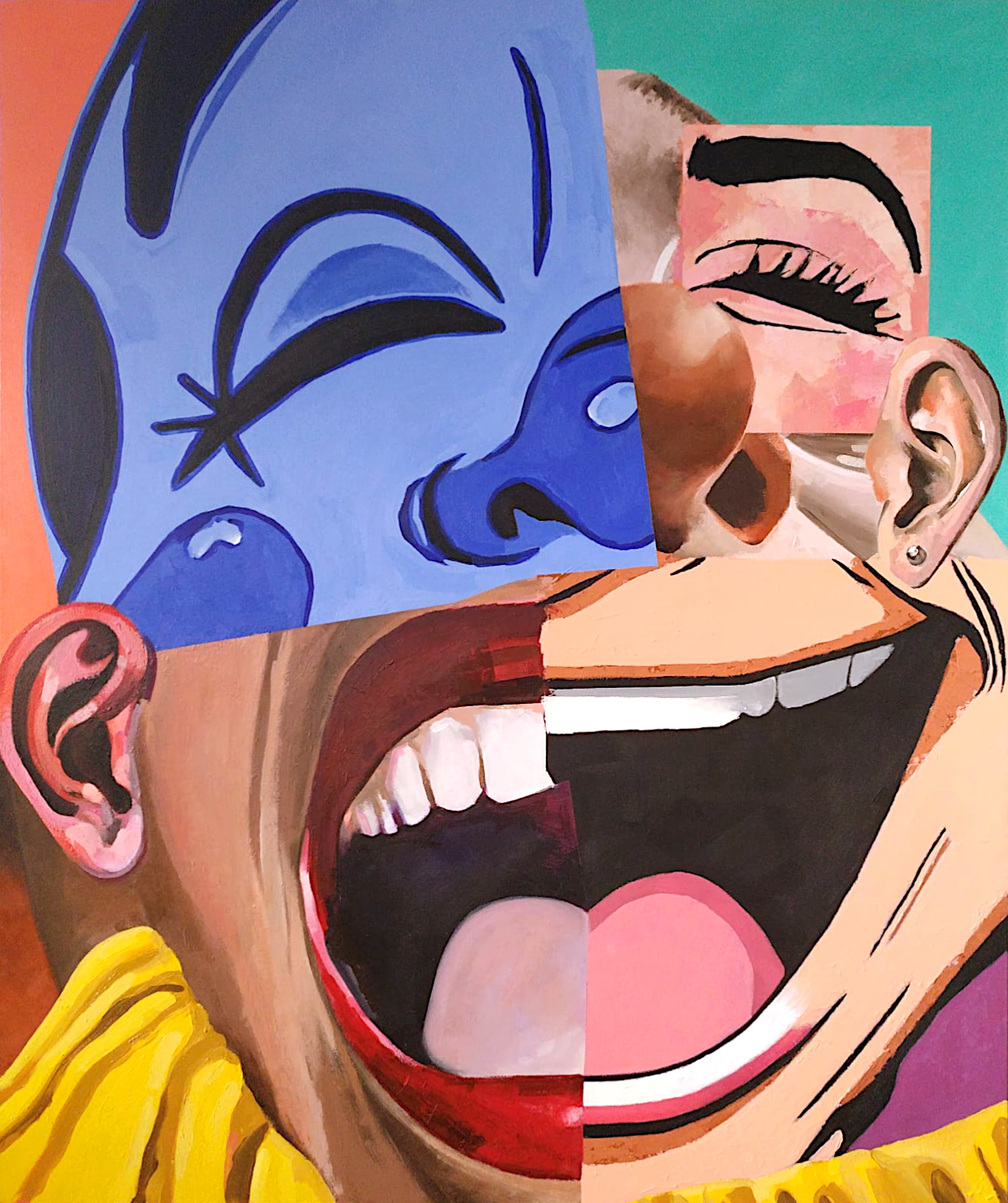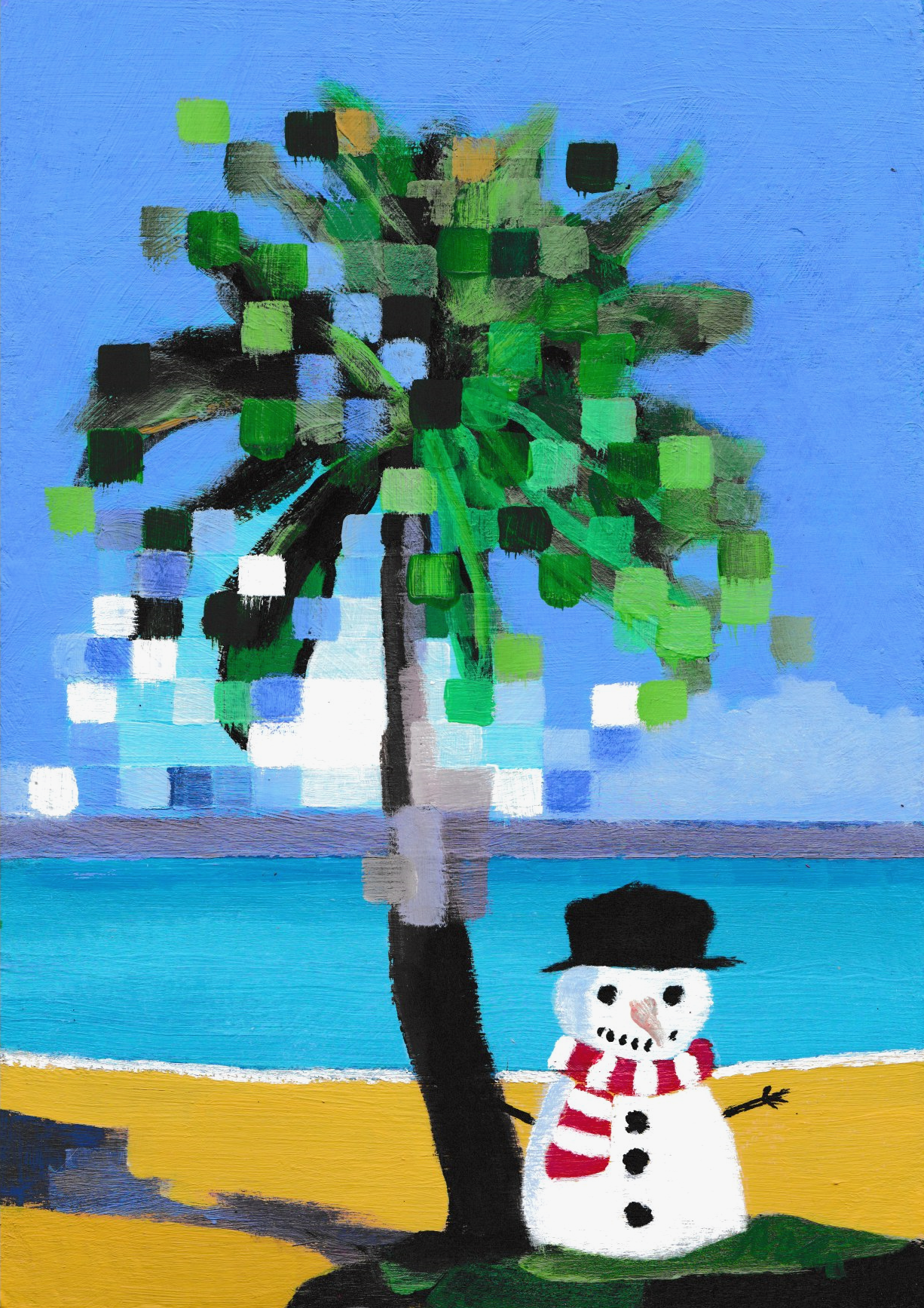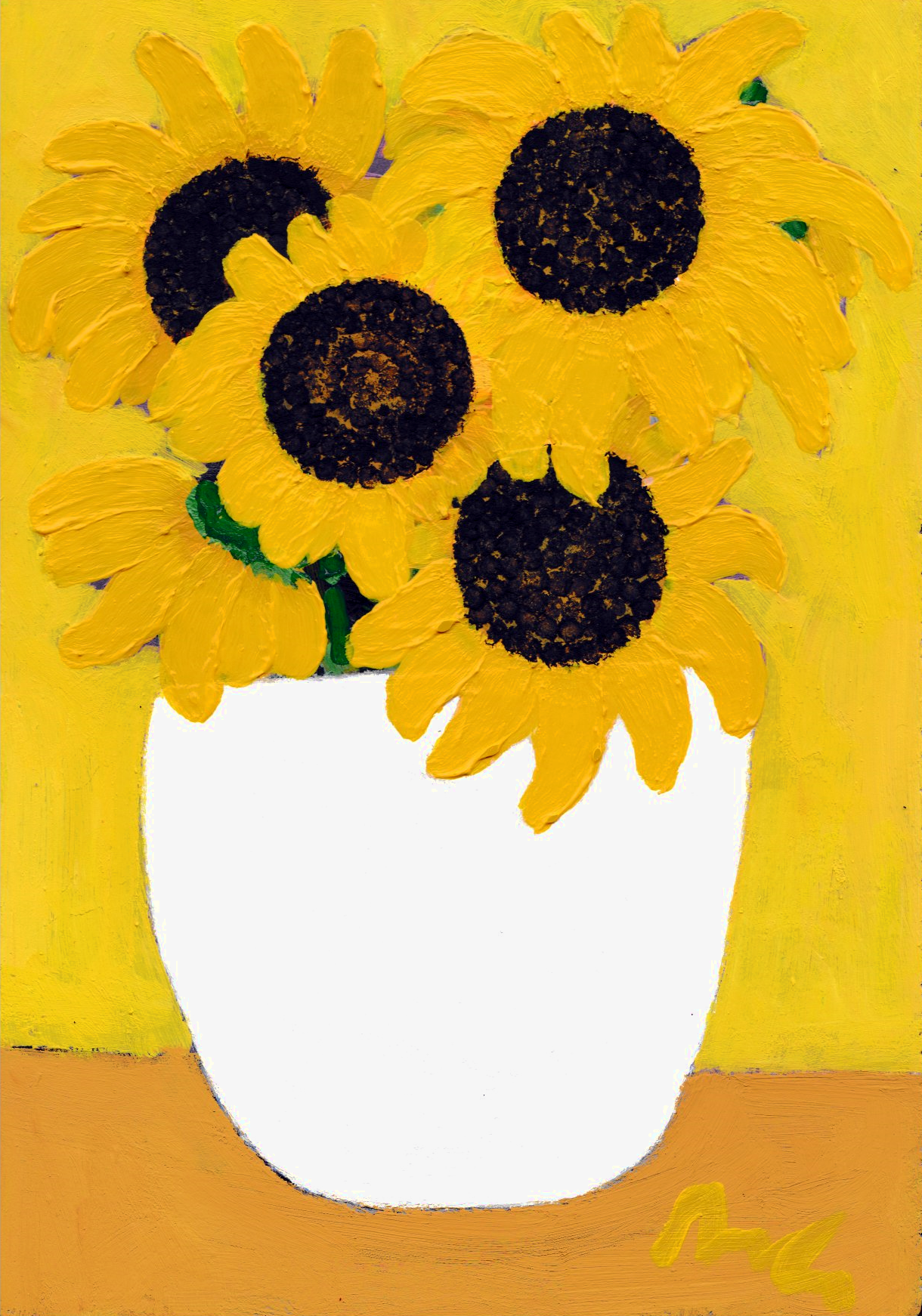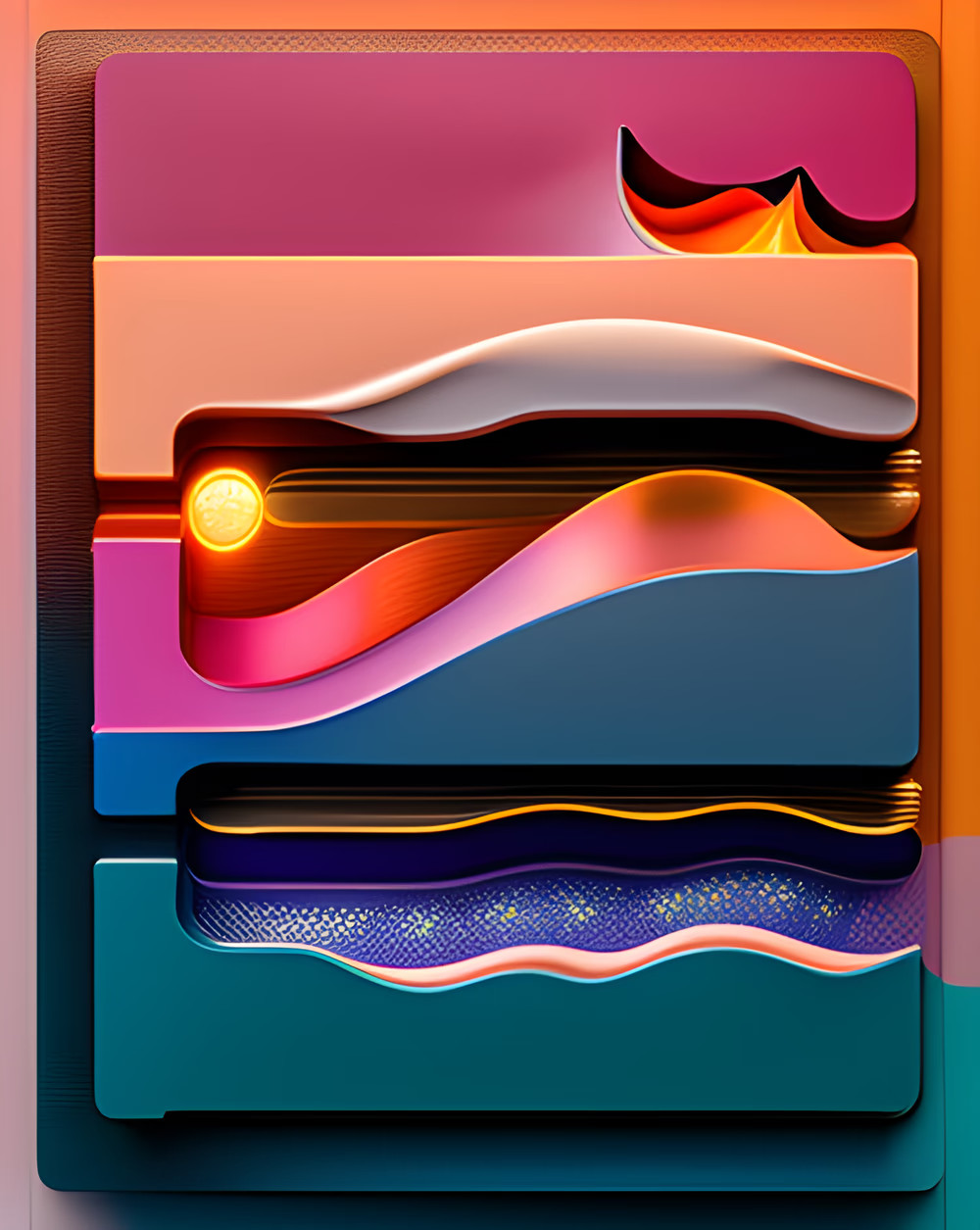Your basket is currently empty!

Art History 101: Influences and Inspirations
Learn about Art Movements and Famous Artists to Broaden Your Artistic Horizons
Art is a mirror to the human experience, capturing the beauty, complexity, and often the chaos of life across different eras and cultures. Whether you’re an aspiring artist, an art lover, or simply curious about the evolution of creative expression, understanding the key movements and figures in art history can broaden your horizons and deepen your appreciation for the masterpieces that have shaped our world.

In this introduction to art history, we’ll explore the influences and inspirations behind some of the most significant art movements and the artists who brought them to life.
The Renaissance: A Rebirth of Classical Ideals
The Renaissance, which spanned the 14th to the 17th centuries, was a period of great cultural and intellectual revival in Europe, marked by a return to classical ideals of beauty, balance, and harmony. This movement was heavily influenced by the rediscovery of ancient Greek and Roman art and literature, which inspired a renewed focus on humanism—the belief in the potential and worth of the individual.
Famous Artists:
- Leonardo da Vinci: A polymath whose work epitomized the Renaissance spirit, da Vinci’s masterpieces like the Mona Lisa and The Last Supper demonstrate his mastery of anatomy, perspective, and emotion.
- Michelangelo: Known for his powerful sculptures like David and his awe-inspiring work on the Sistine Chapel ceiling, Michelangelo’s art combines a deep understanding of the human form with intense emotional expression.
Baroque: The Drama of Light and Shadow
Emerging in the late 16th century, the Baroque period was characterized by dramatic use of light and shadow, dynamic compositions, and a sense of movement and tension. This style was influenced by the Catholic Church’s desire to inspire awe and devotion through art, as well as by the political power struggles of the time.
Famous Artists:
- Caravaggio: A master of chiaroscuro (the contrast of light and dark), Caravaggio’s works like The Calling of St. Matthew and Judith Beheading Holofernes are intense, theatrical, and deeply emotional.
- Peter Paul Rubens: Known for his vibrant color palette and energetic compositions, Rubens’ paintings often depict grandiose historical and mythological scenes filled with movement and drama.
Impressionism: Capturing the Ephemeral
In the late 19th century, Impressionism emerged as a radical departure from the detailed realism that dominated the art world. Impressionist artists sought to capture the fleeting effects of light and color, often painting en plein air (outdoors) to better observe the changing atmosphere of their surroundings. This movement was influenced by advances in technology, such as the invention of portable paint tubes, and by a growing interest in capturing everyday life.
Famous Artists:
- Claude Monet: Often considered the father of Impressionism, Monet’s series of paintings like Water Lilies and Haystacks showcase his obsession with light and color, capturing the same scene at different times of day and in varying weather conditions.
- Edgar Degas: While Monet focused on landscapes, Degas is best known for his depictions of ballet dancers and everyday scenes, using pastels and oils to convey movement and atmosphere with a delicate touch.
Surrealism: Exploring the Unconscious Mind
Surrealism, which began in the early 20th century, was influenced by the psychoanalytic theories of Sigmund Freud, particularly his exploration of dreams and the unconscious mind. Surrealist artists sought to break free from rational thought, embracing the bizarre, the irrational, and the fantastical in their work.
Famous Artists:
- Salvador Dalí: Perhaps the most famous Surrealist, Dalí’s works like The Persistence of Memory are filled with strange, dreamlike imagery that blurs the line between reality and imagination.
- René Magritte: Known for his thought-provoking and often humorous paintings, Magritte played with perception and reality in works like The Treachery of Images and The Son of Man, challenging viewers to question what they see.
Abstract Expressionism: The Power of Spontaneity
Abstract Expressionism, which developed in the United States in the 1940s and 1950s, marked a shift away from representational art toward a more spontaneous, emotion-driven approach. This movement was influenced by the existentialist philosophy that emerged after World War II, as well as by earlier abstract movements like Cubism and Surrealism.
Famous Artists:
- Jackson Pollock: Known for his innovative drip paintings, Pollock’s work is a chaotic yet controlled exploration of movement and energy, with pieces like No. 5, 1948 embodying the spirit of Abstract Expressionism.
- Mark Rothko: In contrast to Pollock’s frenetic style, Rothko’s paintings are characterized by large, luminous blocks of color that evoke deep emotional responses, as seen in his Seagram Murals.
Conclusion: The Ever-Evolving World of Art
Art history is a vast and ever-evolving field, with countless movements and artists contributing to the rich tapestry of creative expression. By studying these movements and understanding the influences and inspirations behind them, you not only gain insight into the past but also expand your own artistic horizons, opening yourself up to new ideas and possibilities.
Whether you’re drawn to the harmonious ideals of the Renaissance, the emotional intensity of Baroque art, or the bold experimentation of Abstract Expressionism, there’s something in art history for everyone. So dive in, explore, and let the masters of the past inspire your own creative journey.
















